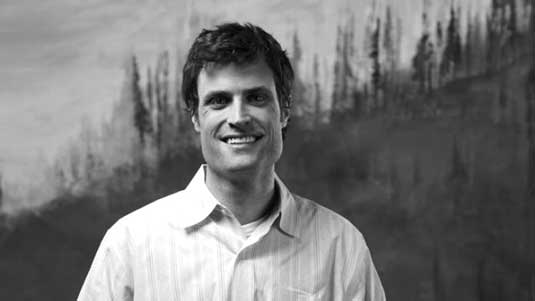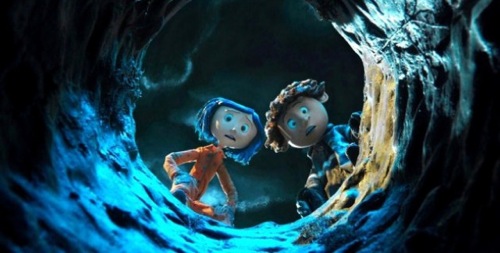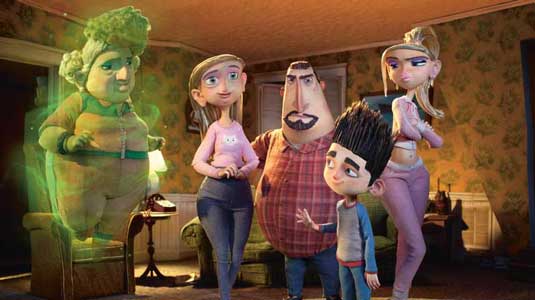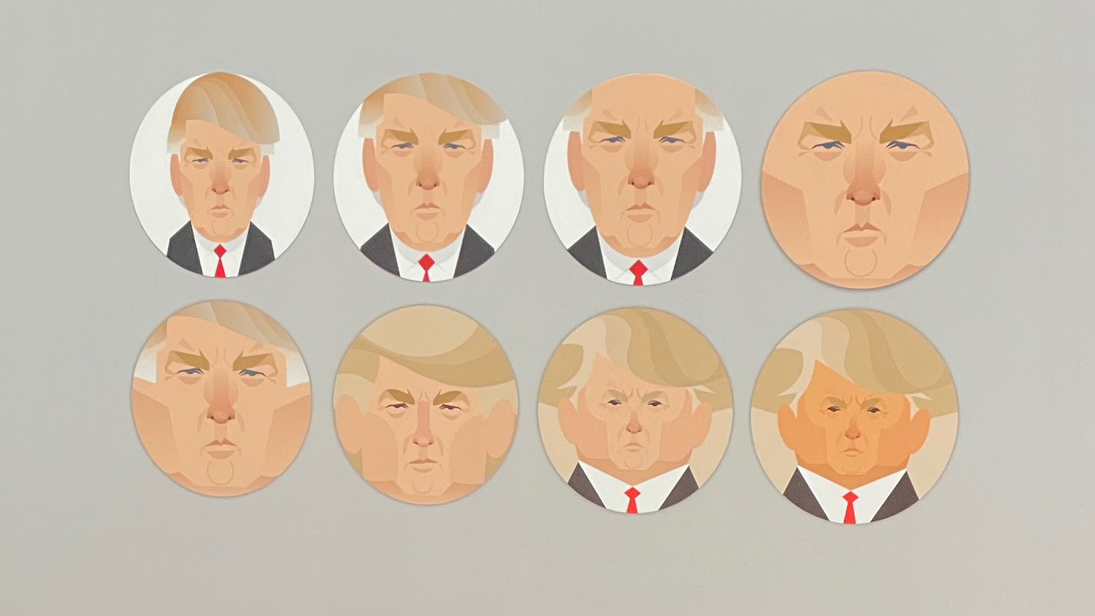How 3D printing is changing the way animations are made
Brian McLean, director of rapid prototyping for Laika, explains how 3D printing has become a crucial tool for stop-motion animators.

It's natural to think of stop-motion animation as an old-fashioned medium, whereas 3D printing is at the cutting edge of technology right now. So it may surprise you to learn that the former is becoming increasingly important to the creation of the latter.
We spoke to Brian McLean, director of rapid prototyping for leading animation house Laika, to find out more...
How long has Laika been using 3D printing?

We first started using 3D printing for replacement-animated faces in 2006 while doing early preproduction work on Coraline.
At what stage in the production do you use the 3D printed models?
Laika utilises 3D printing throughout a film's production. From early concept designs and preproduction, to making thousands of replacement faces during the peak of shooting, and even into the marketing phase after filming has wrapped.
How are the 3D print models used and what’s the advantage?
We model, rig, animate and engineer CG models in Maya and then use a 3D printer to print out thousands of slightly different facial expressions. The advantage to this process is that you get the wonderful performance and subtlety normally reserved for CG animation, in a stop-motion animated film.
What software and printers do you use?
We use Maya to model, rig and animate, ZBrush for modelling fine detail and Photoshop to paint our texture maps. Over the years Laika has had a few different 3D printers. Currently we have five 3D Systems z650s to print the colour faces, and two Stratasys/Objet polyjet printers.
Was 3D printing used on The Boxtrolls?

Yes! We have created more animated faces than ever before on The Boxtrolls. Over 53,000!
How do you think 3D printing is going to impact on animation in the future?
3D printing has already changed the way stop-motion animated films are produced. As the VFX industry moves to having more objects exist only in the digital realm, I think the ability to take that digital model and 3D print it out as a real, physical model will become more essential. Whether that physical model is used for lighting reference, or in the approval process, having a tangible object is always important.
Are there limits to what you can achieve on a 3D printed model?
One of the limits with the 3D colour printing technology we are using is fine feature detail. The colour 3D printer softens edges and washes out detail. We can get around this by greatly exaggerating detail in the computer model knowing that the printer softens things, but there are some details that no matter how much you exaggerate the printer cannot print, for example thin facial hair.
Will 3D printing lead to a more level playing field in animation?
3D printing has really levelled the playing field between stop-motion and CG animation. Both media are now able to tell complex stories with incredibly subtle and naturalistic character performances. 3D printing is still relatively cost prohibitive; when the price comes down, smaller independent studios may be more likely to try it out.
What advice do you have for someone experimenting with 3D printing?
Creating a CG model that is printable is actually a lot easier than 3D printing service bureaus will tell you. They often give you very strict rules to follow, but as long as you do not have any holes in your CG model, pretty much any model will print.
I'd say to anyone who is interested in 3D printing, just jump in and try it. It is quite amazing to hold a real part in your hand that you know you built using computer software.
This article first appeared in 3D World issue 183. Don't miss our studio profile of Laika in the current issue on sale now.

Thank you for reading 5 articles this month* Join now for unlimited access
Enjoy your first month for just £1 / $1 / €1
*Read 5 free articles per month without a subscription

Join now for unlimited access
Try first month for just £1 / $1 / €1
Get the Creative Bloq Newsletter
Daily design news, reviews, how-tos and more, as picked by the editors.

The Creative Bloq team is made up of a group of art and design enthusiasts, and has changed and evolved since Creative Bloq began back in 2012. The current website team consists of eight full-time members of staff: Editor Georgia Coggan, Deputy Editor Rosie Hilder, Ecommerce Editor Beren Neale, Senior News Editor Daniel Piper, Editor, Digital Art and 3D Ian Dean, Tech Reviews Editor Erlingur Einarsson, Ecommerce Writer Beth Nicholls and Staff Writer Natalie Fear, as well as a roster of freelancers from around the world. The ImagineFX magazine team also pitch in, ensuring that content from leading digital art publication ImagineFX is represented on Creative Bloq.
